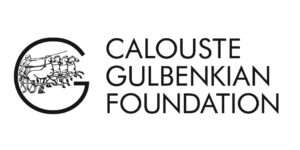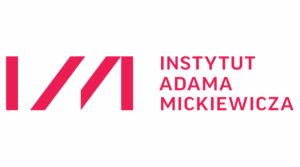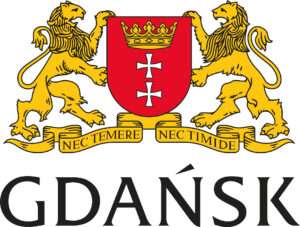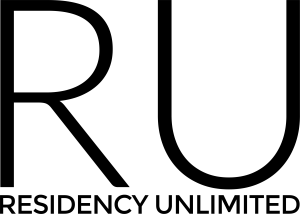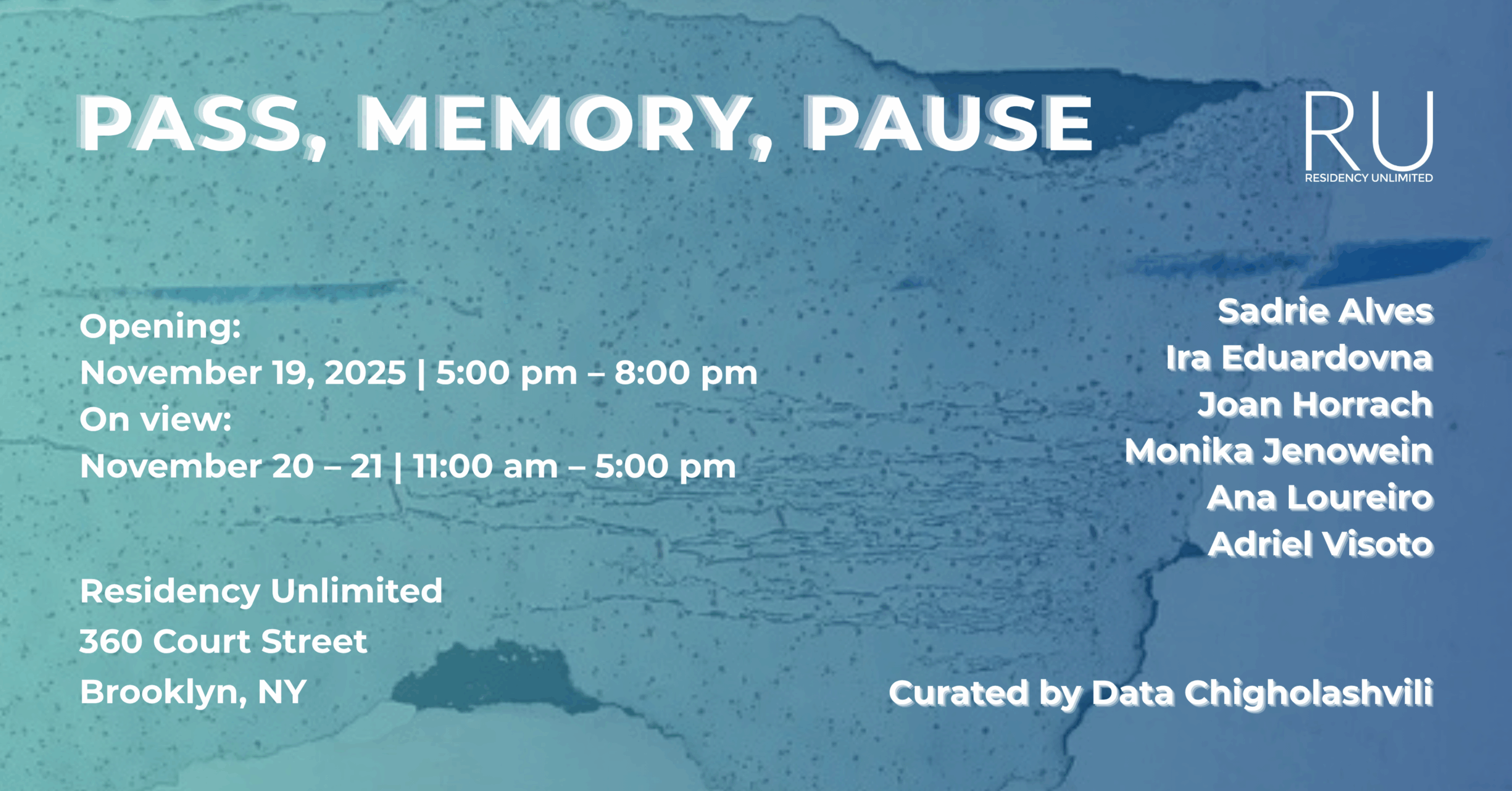Opening reception: Wednesday, November 19, 2025 | 5:00 pm – 8:00 pm
On view: Thursday, November 20 – Friday, November 21 | 11:00 am – 5:00 pm
Location: Residency Unlimited, 360 Court Street (main green church doors), Brooklyn, NY 11231 (map)
Please join us for the group exhibition featuring works by RU resident artists: Sadrie Alves, Ira Eduardovna, Joan Horrach, Monika Jenowein, Ana Loureiro, and Adriel Visoto. The opening reception will also include “…the way you say it.” – a participatory project by Ana Loureiro. “Pass, Memory, Pause” is curated by Data Chigholashvili, Curator of Residency Unlimited.
Fast passages
through cities and buildings,
symbols and stories,
not lots of strolling,
just like scrolling,
often doomscrolling,
fading memories and stories,
one after another.
A fragmentary remembrance or certain forgetfulness emerges with the current speedy rhythm of life, particularly so in a busy city like New York. It has a certain affinity with memories being like “insta-stories,” and scrolling through social media or one’s smartphone photo album. People often remark with surprise that time goes really fast during these past years, or how quickly the end of 2025 has already approached us. “Transitory Gestures”, this year’s first RU resident group show, took place in March. Reflecting on transit as a crucial part of residencies, it explored complexities between time, space, and body. It’s curious that a part of that text was written around daylight savings in spring, and this one – around when clocks are set back again. “Pass, Memory, Pause” also results from meditations on movement – as an essential aspect of residencies, as experienced in daily life, and as navigated through memories and symbols. Artworks in the exhibition present a selection of resident artists’ works – those created elsewhere before, continued and made into new works while in NYC, or created entirely during their residencies at RU. Together, they invite you to reflect on passing, pausing, remembering, forgetting, and how one goes about these.
Joan Horrach’s performance work “Somehow, Elsewhere” first took place at the Turbine Hall of Tate Modern (May 2024), followed by versions in various contexts. Here we see a video of the action in London’s public space – people are moving back and forth in front of a wall, they are seemingly disoriented, fluctuating in sync, but not really going anywhere. It explores the simultaneous movement and detachment in both physical and virtual spaces. This iteration, set in a metropolis against a futuristic glass structure, hints at the repetition and automation of modern-day human actions, when people can find themselves somewhere and elsewhere at the same time.
Modernity is also characterized by disembodied memory-making – several billion digital photographs made per day, shared, posted, scrolled through, and often quickly forgotten. In his small-scale paintings and drawings, Adriel Visoto carefully selects and meditates on some of the images from his personal photo archive. He frequently depicts sole bodies, often self-representations, which appear in saturated atmospheres of intimate settings or public spaces – and are always emotionally vulnerable. Through this selection of paintings created during the residency, the artist evokes familiar images that quickly pass by in busy NYC, and invites the viewers to pause and remember.
Sadrie Alves examines collective memory by unraveling symbols that have appeared and merged over centuries in the folklores of South America. She explores a Brazilian folktale, The Headless Mule, believed to have arrived during the colonial period, reflecting Christian patriarchal views on morality. It tells about a woman who was punished for a relationship with a priest and turned into a headless fire-breathing creature. Going beyond redundant binaries, the artist looks deeper at various cultural markers and examines how they have syncretized. Thus, she reimagines, rewrites, weaves together, and bridges living archives over time.
Bridges are central to artistic and scientific explorations of Monika Jenowein. Through her interdisciplinary “Artistic Identification of Bridges”, which she completed on a PhD level, the artist studies these architectural connecting elements from various perspectives. “Do we really pay attention to bridges when we cross them?” – asks Jenowein and pauses, observes architecture, views around, and water beneath, also social interaction on bridges, resulting in artistic objects that she calls “Mostelles.” The exhibition will present new Mostelles of NYC bridges created during the residency, inviting us to ponder on materialities and metaphors of connections.
Ana Loureiro’s work also concentrates on architecture and memory. In “Personalized Archive Network”, she examines buildings that originally had different functions and have turned into art institutions or studios. The artist researches these places, spends time in them, meets associated individuals, and makes molds of physical details. By creating traced replicas that resemble archaeological objects, as well as documenting the artistic process, she examines how personal archives work. Together with objects traced elsewhere before and in NYC during her residency, Loureiro also includes tracing studios or tools of artists as current users of the spaces she investigates. At the exhibition opening, Ana Loureiro will also implement her participatory project “…the way you say it.”
Reenactment and repetition of personal and collective remembrances are central in the works of Ira Eduardovna. Her video called “Mother” examines embodied, habitual memories passed down to the artist, referencing how generational memories or traumas generally transmit. We see a woman putting out a tablecloth, followed by a focus on her hands as she “properly” sets the table. It’s ready. Then, suddenly, the table starts to shake and objects shatter as a symbolic attempt to break free from inherited boundaries. As she calmly stands nearby, cleans up, and puts the tablecloth back, the question remains whether it is a symbol of another cycle, maybe with a different scenario, or a fresh start.
Click above to see the images from the program
About:
Sadrie Alves intertwines the fields of visual and performing arts, often in collaboration with others. Her practice materializes across various media, including works on paper, textiles, ceramics, performances, and workshops. The story is seen as a conduit through which she navigates different temporalities, rewriting, speculating, and politicizing them through a simultaneously critical and loving lens. Alves’ work is informed by intercultural melodies and narratives, as well as the beings that inhabit them.
Ira Eduardovna is a video installation artist and filmmaker. Her practice focuses on migration, displacement, and memory, exploring how trauma and healing intersect through reenactment. Using video installations and drawings, she deconstructs autobiographical narratives by manipulating time, repetition, and perspective to reveal layered personal and collective histories. Ira examines familial structures and memory’s imperfections—how certain moments are preserved while others fade or are erased. By presenting multiple timelines and exposing the mechanics of artistic production, her installations challenge conventional narratives and question the reliability of memory. Reenactment is central to her work, serving as a tool to process trauma. Through subtle shifts in location, objects, and sound, Ira invites viewers to witness the interplay between past and present, and between personal and collective memory.
Joan Horrach’s practice unfolds at the intersection of choreography, video, drawing, performance, and text. The body frequently appears in the work as the principal narrative tool and medium for communication, exploring how physical gestures can produce metaphor, symbolism, and critical intent. With a background in movement and choreography, Joan Horrach began developing work across London and New York under the mentorship of Marina Abramović. Works such as Somehow, Elsewhere have appeared in both institutional contexts—such as the Tate Modern (May 2024)—and in everyday environments such as offices, waiting rooms, and public walkways, inserting invented scenarios into the fabric of daily life. Through these distortions, the work aims to engage directly with themes of labour, dislocation, systemic conditions, and isolation within contemporary life.
Monika Jenowein Patyczek is a Tricity Soul – born in Gdynia, she grew up in the old Oliwa district of Gdańsk and now lives in Sopot. Monika was admitted to the Association of Polish Conceptualists in Warsaw in 1998 and to the Association of Polish Art Photographers in Warsaw in 2002. She is a laureate of the Award of the City of Gdansk for Young Creators in the Field of Culture in 2003. She worked as an independent lecturer in Colour Knowledge and Colour in Space Creation at the Faculty of Architecture and Design at the Academy of Fine Arts, Gdansk, Poland, from 2016 to 2022. Monika Jenowein’s ongoing project “Artistic Identification of Bridges” uses a special art language and professional scientific methods. Through artefacts she calls “Mostelleses” one can reintroduce ethics and morality, as well start intellectual interaction and discourse between the observers. This project and art studio has its origins in the historical Gdańsk, its Docklands, where the first artefact “Mostelleses” were made, and the vibe of the Solidarity movement influencing her work.
Ana Loureiro is an interdisciplinary artist. Since 2016, her artistic practice has focused on analysing the relationship between different types of spaces and their associated memories. Initially, the works produced were influenced by the artist’s personal experiences and later, included external participation, resulting in the “Substratum of memories” project developed during 2021. In 2024, Loureiro started the “Personalized Archive Network“, a project related to the study of deactivated spaces. During the long existence of deactivated spaces, multiple metamorphoses occurred until they became what they are today — cultural hubs. Tracing architectural elements and the marks of the passage of time in those spaces are the structures of the archive. In its network, the project has already included buildings located in different countries. In parallel, Loureiro has created participatory projects that address issues connected to the complexity of communication.
Adriel Visoto creates small-scale figurative paintings and drawings, developing narratives that shift between intimate records and self-fiction. His personal and emotional images are surrounded by a saturated and monochromatic atmosphere, built from his private photographic archive and marked by the recurring use of limited palettes, glazes, and delicate brushstrokes. His work reveals fragments of private experience, where the pictorial gesture serves as an inscription and materialization of memory.
This program is supported by the Flanders State of the Art, The Neighborhood: An Urban Center for Jewish Life and The Peleh Fund, Verve Galeria, Calouste Gulbenkian Foundation, Adam Mickiewicz Institute Scholarship “Polish culture worldwide” and Scholarship of the Mayor of Gdańsk.

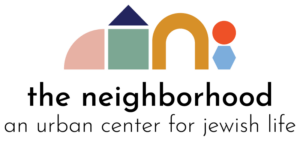
![]()
